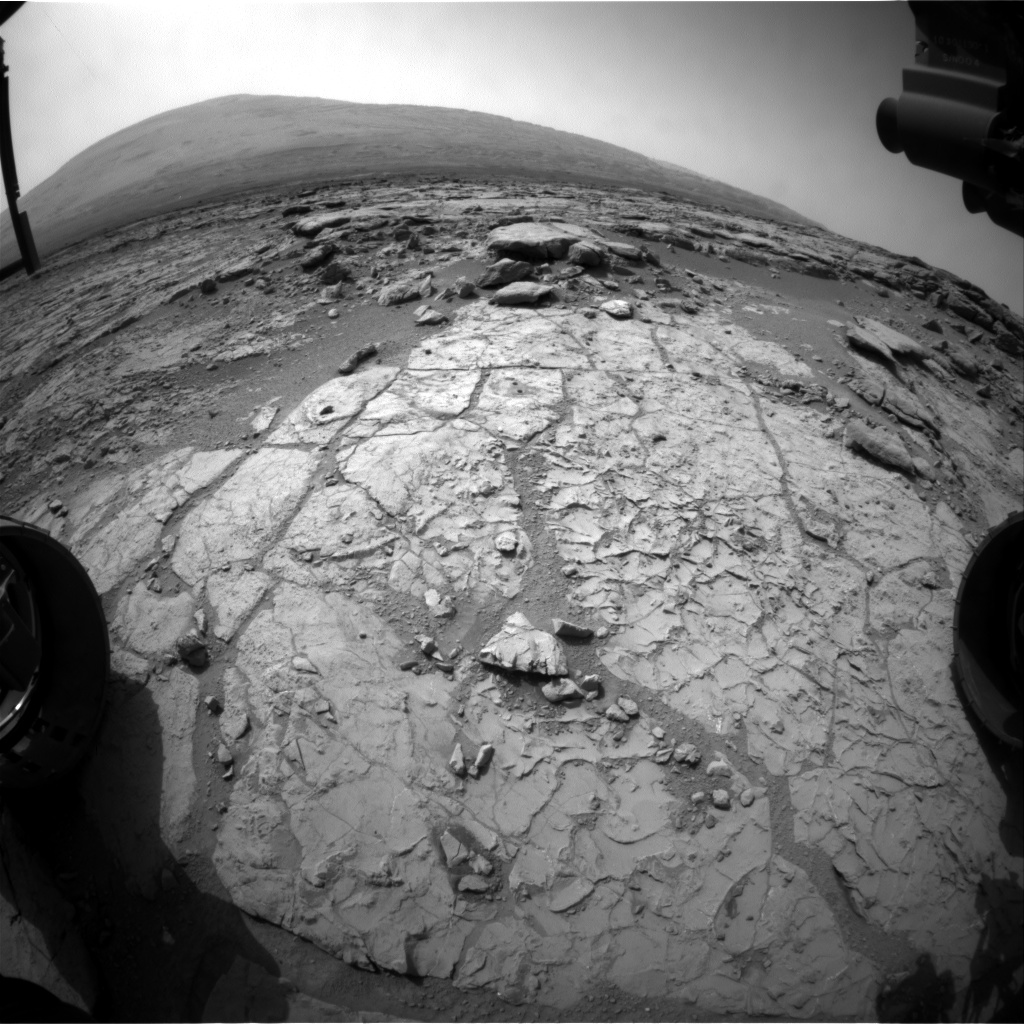The last time I heard from the rover was two weeks ago in the middle of exams when the mission team announced the successful drilling operation made by the rover on Feb. 8 with its powerful drilling tool into the target dubbed 'John Klein'. Subsequent transfer of the inner rocky material collected by the drilling tool was made on Feb. 20 to the CHIMRA (pronounced 'chimera') instrument via an internal mechanical transfer using the drills flutes and a series of tubing right inside the instrument turret. CHIMRA is designed to process the material using a set of fine sieves to separate fine materials on the order of 150microns in diameter (about as fine as flour) which the analytical instruments CheMin and SAM can use. Sample deliveries to these two occurred on Feb. 22 and 23 respectively. Subsequent days were dedicated to managing power for analysis on the material by SAM and CheMin up to sol 200 (Feb. 27) along with other scientific activities.
The following video is a computer animation showing the various movements that the arm has to do to drill and get the material into CHIMRA. Its sort of like shaking the salt out of a salt pot, same principle.
 |
Mastcam picture taken of the rock material in CHIMRA's scoop, Feb. 20 or sol
193 of operations (NASA/JPL/MSSS) |
Except for some concern about the remote possibility of CHIMRA's sieve coming off after long use as seen on one flight copy here on Earth (there are 2 flight copies used for tests. The other did not show such a problem.), everything seemed to be going swimmingly for Curiosity. Then Feb. 28 came which was sol 201 for the mission. The rover had trouble saving data in its flash memory (solid state memory or 'flash' is much more sturdy for space flight than hard disks) so it went into a state called 'safe mode' where the machine stops running whatever plan it was following at the time, cancels all activities for the day and awaits further instructions from Earth. The team responded with telemetry data analysis from up to when the fault happened to see what caused the problem (which was found to be a flash problem). The plan then was to move to Curiosity's back up computer (with these kinds of projects where you cannot reach your asset, you need to have maximum redundancy) called side B which has its own set of of subsystems including its own, unaffected and independent flash memory. Although Curiosity can continue operations on this redundant flight computer, side A needs to be restored to working order or its potentially curtains for the mission.
Diagnostics continue so far as no scientific data or images have come down since sol 200. Operations are set to resume soon according to the latest bulletin on the
mission's site. Such memory issues tend to happen with space missions and they are usually dealt with quickly and expertedly. If anyone will find a solution to Curiosity's current woes, it'll be JPL's code monkeys!
 |
One of the last few images from the rover taken on sol 200. This
shot was taken by the lower-mounted front hazard avoidance cameras showing
the John Klein formation and Mount Sharp in the horizon.
(NASA/JPL) |

No comments:
Post a Comment